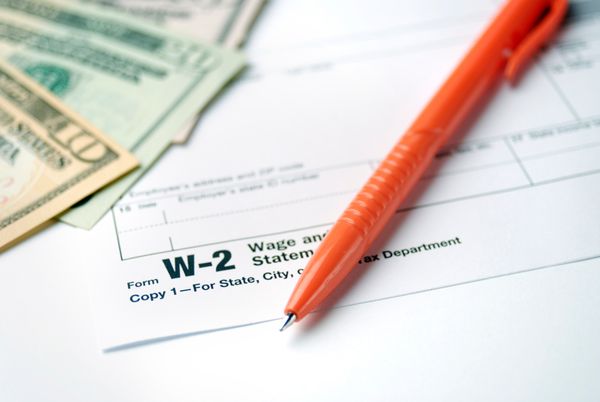Unexpected property losses can happen to anyone, at any time. Although taxes probably don't immediately come to mind when you suffer a loss, the IRS can provide some assistance. It deems thefts, car accidents, natural disasters and other losses "theft and casualty losses" and you can usually deduct them on your federal income tax return. This can include deductions for the loss of your home, household items, and vehicles.
You can only deduct these losses, however, if your insurance didn't cover them first. In addition, you can't deduct for losses caused by things like progressive deterioration of your home from weather, insects, or wood rot. The IRS uses the words "sudden, unexpected, and unusual" to describe casualty losses for a reason.
Advertisement
The IRS requires proof of your loss and provides detailed formulas for you to calculate your losses to figure out your deductions on your taxes. Additionally, the process for claiming casualty losses for personal property differs from the process for claiming casualty losses for federal disasters.
Keep reading to find out how to prove and claim a casualty loss deduction.
Advertisement



